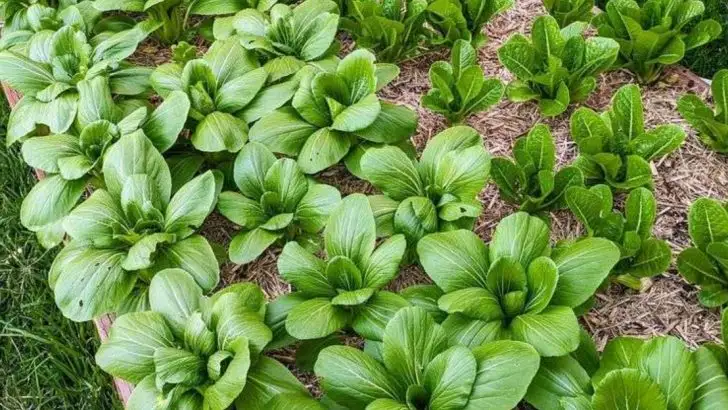What if making a mistake in the garden actually worked in your favor? It turns out, some vegetables bounce back faster—and even grow better—when they’re harvested in less-than-perfect ways. Sounds odd, but it’s true.
Instead of harming the plant, certain “wrong” techniques can trigger a kind of growth boost. Think of it as strategic stress: when done unintentionally (or sometimes on purpose), it encourages faster regrowth and more frequent harvests. Perfect for gardeners who are still learning—or just in a hurry.
In this article, we explore 13 vegetables that thrive on imperfect picking. So if you’ve ever tugged instead of snipped, or cut too low by accident—don’t worry. Your veggies might just thank you with a second round, sooner than expected.
Celery

Celery may not be the first vegetable to come to mind when thinking of regrowth, but its resilience is impressive. When you chop off the stalks, don’t discard the base. Simply place it in a shallow bowl of water. Within days, new stalks begin to sprout, proving that this vegetable is as persistent as it is crunchy.
Its rapid regrowth makes it a favorite among urban gardeners with limited space. A sunny windowsill is all this determined plant requires to thrive, offering a fresh supply of stalks for your culinary adventures.
Green Onions
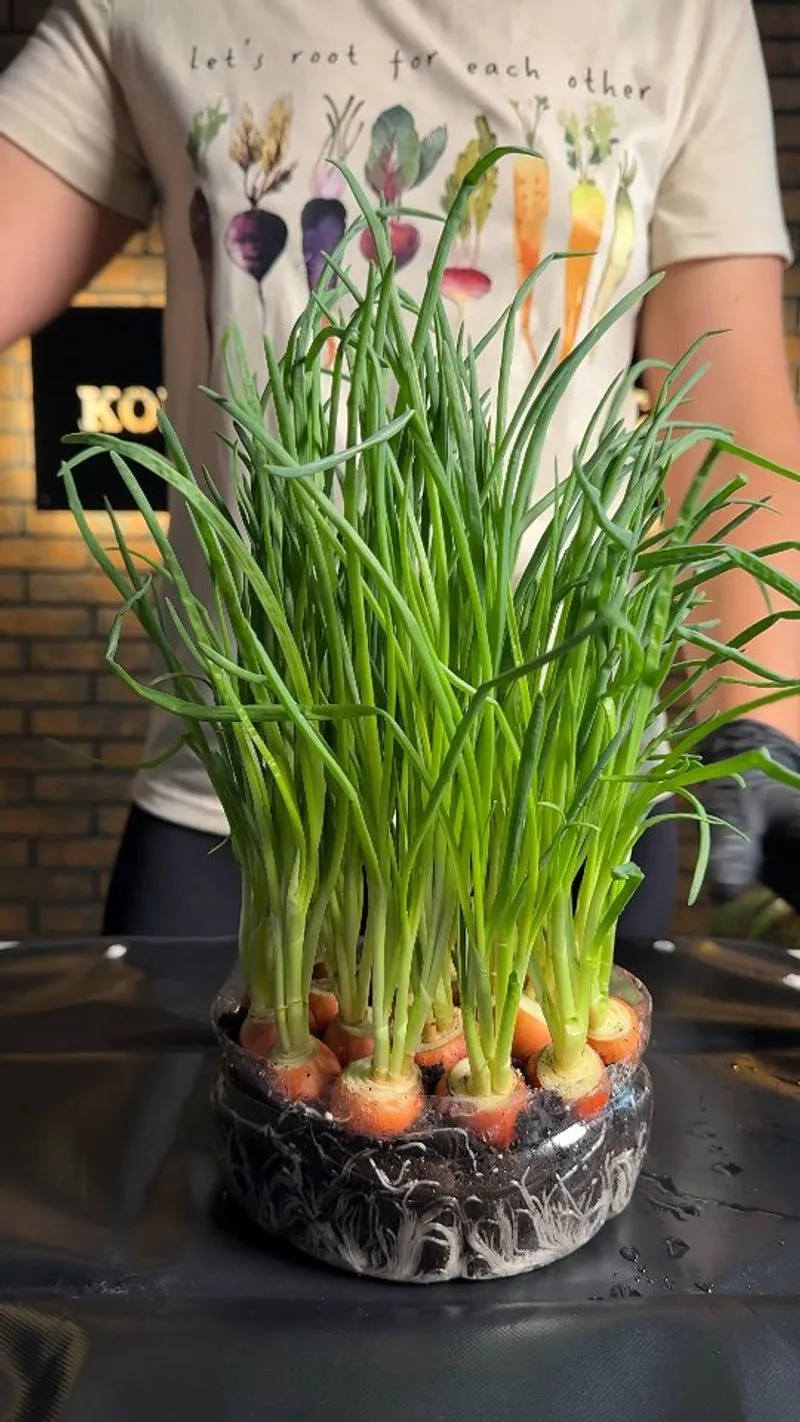
Imagine having an endless supply of green onions right on your kitchen counter. This dream can easily become a reality with a little water and patience. Cut the green tops for your dishes, and place the white bulbs in a jar with enough water to cover the roots.
In just a few days, new green shoots will start to appear. This process can be repeated multiple times, making green onions both a practical and economical choice for home cooks who love fresh ingredients at their fingertips.
Lettuce
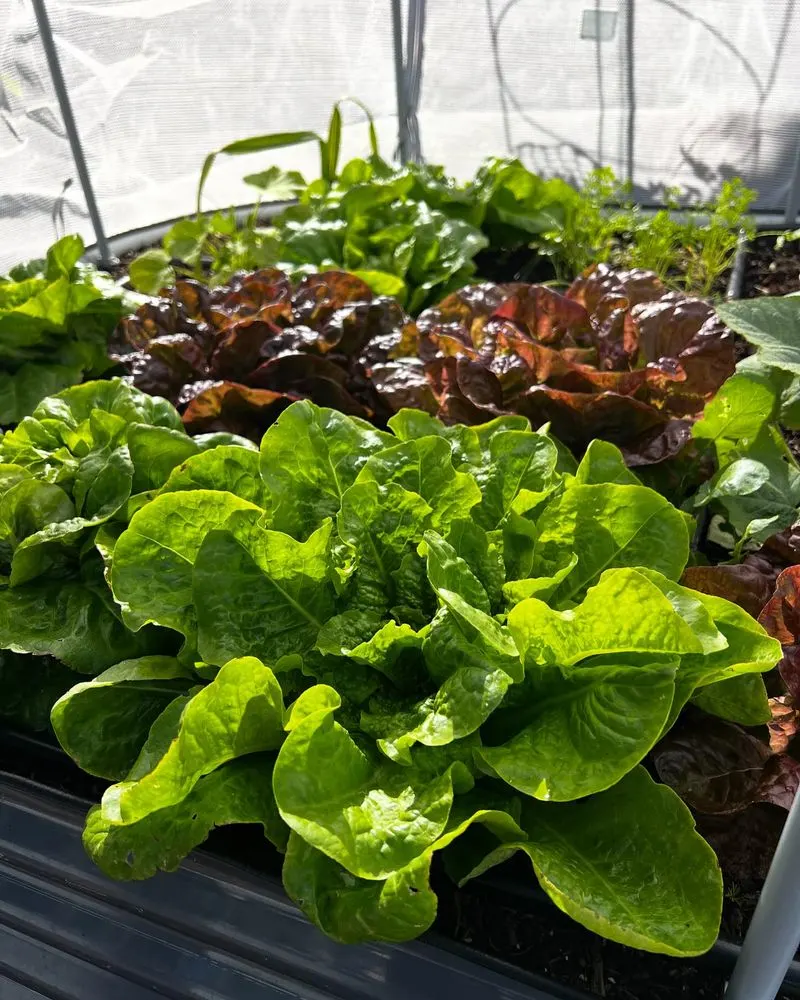
Lettuce lovers, rejoice! That crunchy base you often toss away can be the key to an endless salad supply. Place the root end in a shallow dish of water and watch as new leaves begin to sprout within days.
The transformation is not only fascinating to watch but also incredibly rewarding. In just a couple of weeks, you’ll have enough fresh leaves to garnish your meals. This simple regrowth method is perfect for those with a taste for fresh and crispy greens.
Garlic
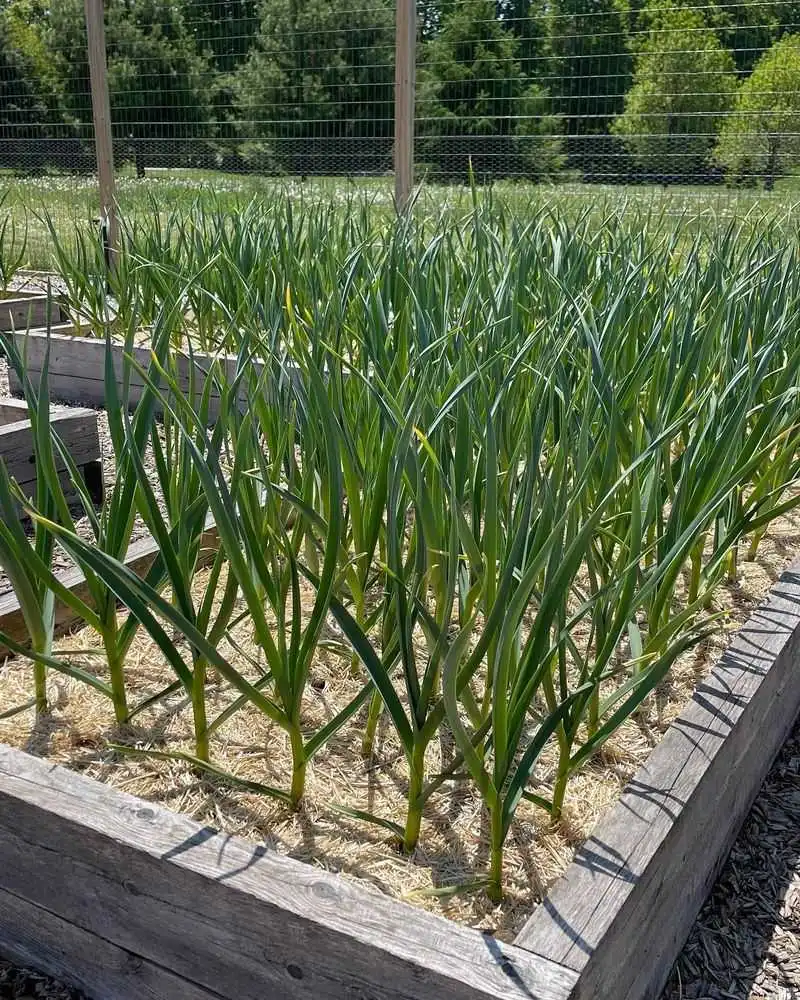
Garlic, often celebrated for its pungent flavor and health benefits, has a nifty regrowth trick. Leave a clove on your counter, and watch as it begins to sprout green shoots. Plant these cloves in soil, and soon you’ll have fresh garlic greens.
These greens offer a milder flavor that’s perfect for garnishing dishes. It’s a delightful way to ensure your kitchen is never without this aromatic staple. Plus, the sight of sprouting garlic is always a conversation starter.
Basil
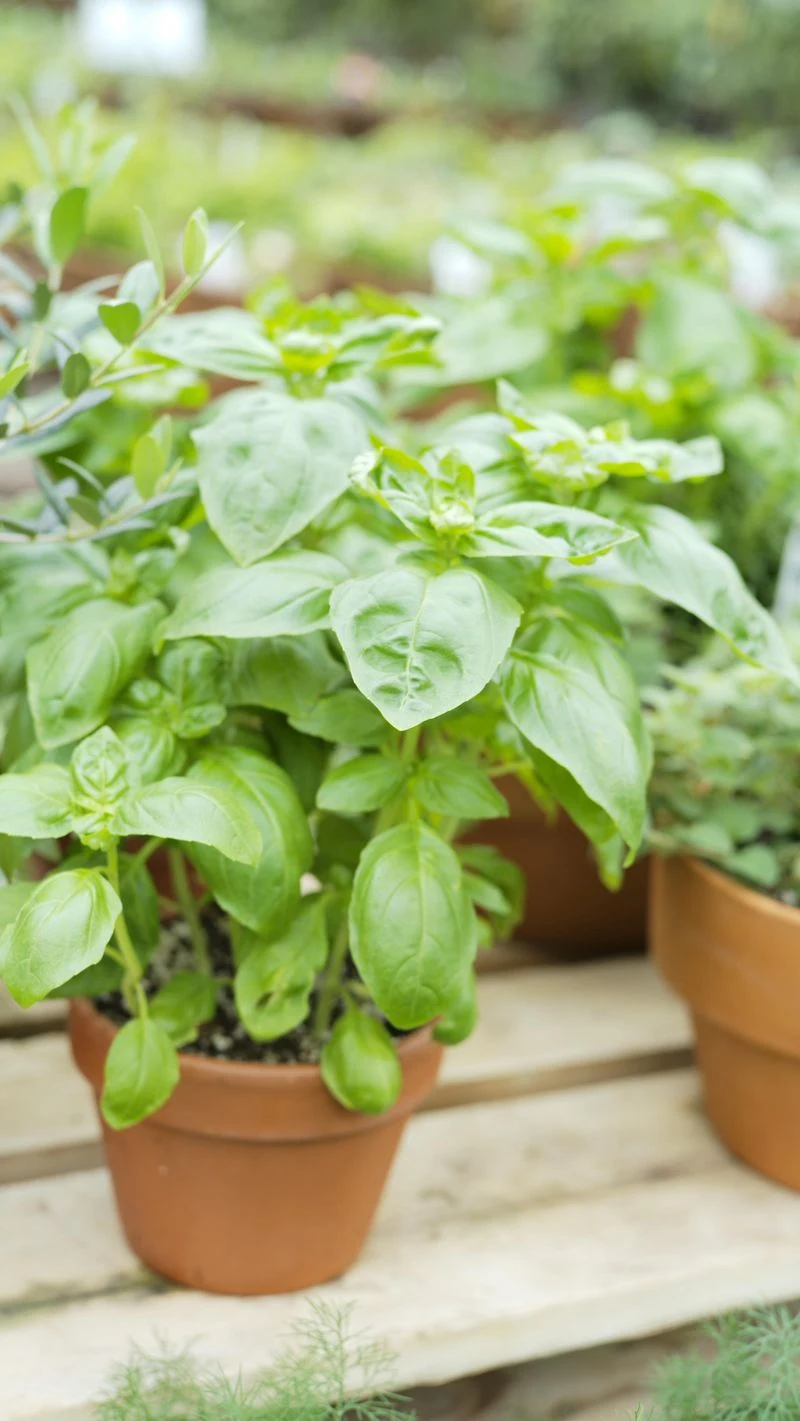
Basil, the fragrant herb that elevates many dishes, is surprisingly easy to regrow. When you trim your basil leaves, place the cut stems in a glass of water. New roots will form in about a week.
Once the roots are established, plant the stem in soil, and you’ll have a thriving basil plant ready to provide fresh leaves for your recipes. This simple method ensures you have a continuous supply of this versatile herb, perfect for pesto lovers and culinary enthusiasts alike.
Carrots
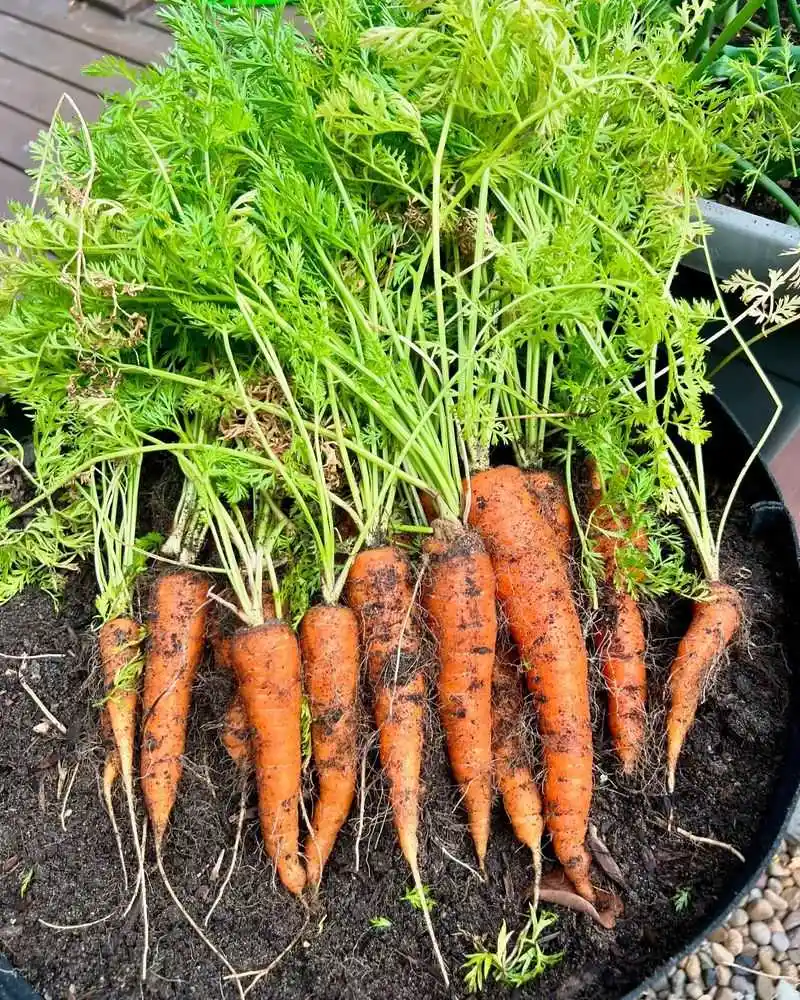
Carrots may not regrow the way you’d expect, but their tops can be a source of fresh greens. Cut off the top inch of a carrot and place it in a dish of water. Within days, you’ll see green shoots emerging.
These greens are both edible and nutritious, offering a peppery flavor to salads. While you won’t get another carrot, the tops provide a delightful way to reduce waste and add a new dimension to your meals. It’s a unique twist on the classic orange vegetable.
Bok Choy
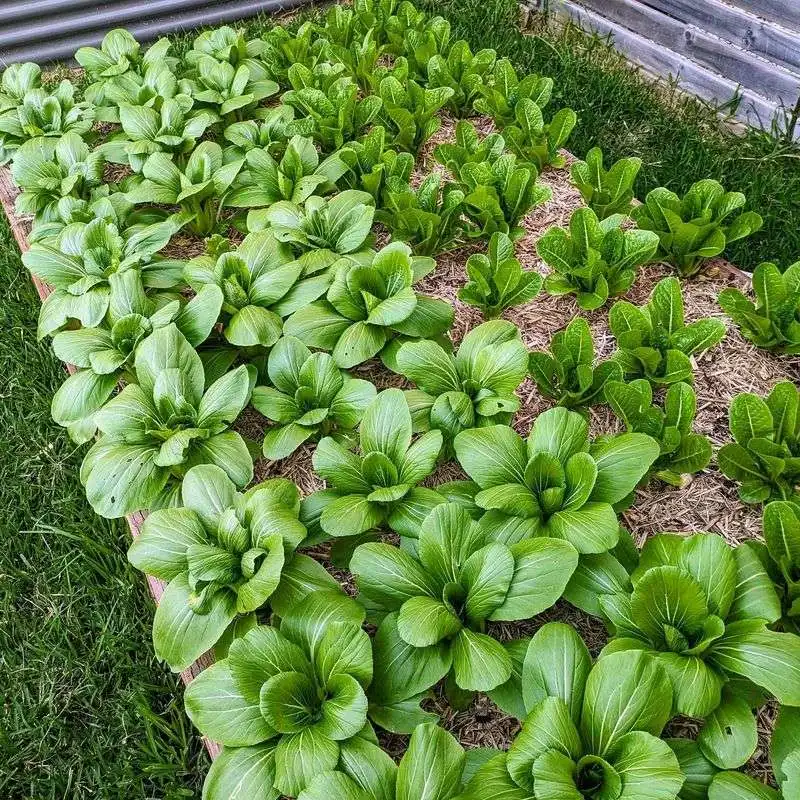
Bok choy, with its crisp texture and mild flavor, is a favorite in many Asian cuisines. To regrow, place the base in a shallow dish of water. As the days pass, new leaves will start to sprout.
This method allows you to enjoy fresh bok choy without a trip to the store. The regrowth is surprisingly fast, providing an easy and sustainable way to enjoy this nutritious green. It’s a testament to the adaptability of vegetables and a fun project for home gardeners.
Fennel

Fennel’s anise-like flavor adds a refreshing twist to dishes, and its regrowth is just as delightful. After using the bulb, place the base in a dish of water on a sunny counter. Watch as new fronds begin to emerge.
These fresh shoots can be used in salads or as a garnish, offering a subtle hint of licorice. Fennel’s ability to regrow brings a touch of elegance to your kitchen, proving that even the most sophisticated vegetables have a playful side. It’s a fragrant reminder of nature’s resilience.
Cabbage

Cabbage’s sturdy leaves may seem tough, but its regrowth story is surprisingly tender. The base, when placed in a dish of water, starts to sprout new leaves. This process is not only fascinating but also efficient, providing fresh cabbage greens.
In a few weeks, you’ll have enough to add to your favorite dishes. It’s a practical way to stretch your grocery budget while enjoying the crispness of fresh cabbage. A simple windowsill provides the perfect stage for this regrowth drama.
Leeks

Leeks, with their subtle onion flavor, are a versatile kitchen staple. To regrow, place the base in a jar with water, ensuring the roots are submerged. In no time, tall green shoots will begin to appear.
This regrowth method is both simple and effective, allowing you to have fresh leeks on hand at all times. It’s a reminder that even the most humble ingredients have the potential for renewal. The sight of leeks regrowing is sure to inspire culinary creativity.
Kale
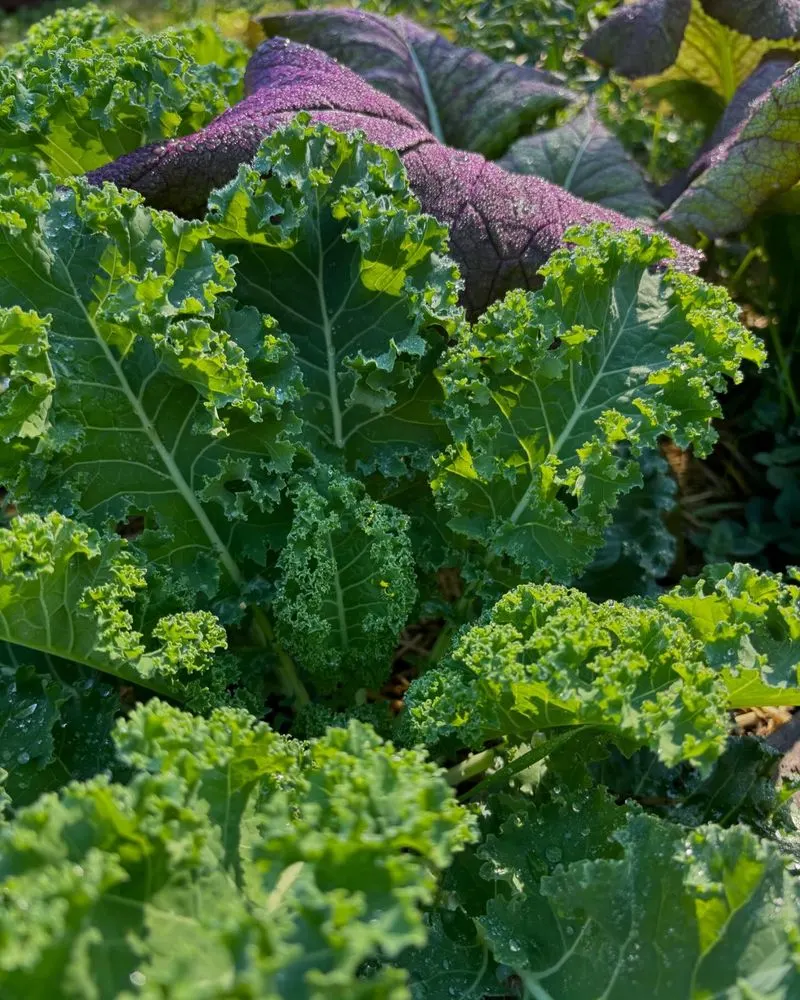
Kale, the darling of the health world, is as nutritious as it is resilient. After using the leaves, plant the stem in soil and place it in a sunny spot. New leaves will quickly start to grow.
This process not only provides a continuous supply of fresh greens but also illustrates the beauty of nature’s cycle. Kale’s adaptability makes it a favorite for health enthusiasts looking to incorporate more greens into their diet. It’s a green powerhouse that keeps on giving.
Romaine Lettuce

Romaine lettuce offers more than just crunchy salads; it also boasts impressive regrowth capabilities. Place the base in water and watch as new leaves begin to form. This quick regrowth is perfect for those who enjoy fresh salads without the constant need to restock.
In just a couple of weeks, you’ll have enough fresh leaves to enjoy, making it a practical choice for salad enthusiasts. The process is both rewarding and sustainable, offering a new perspective on this everyday vegetable.
Turnips
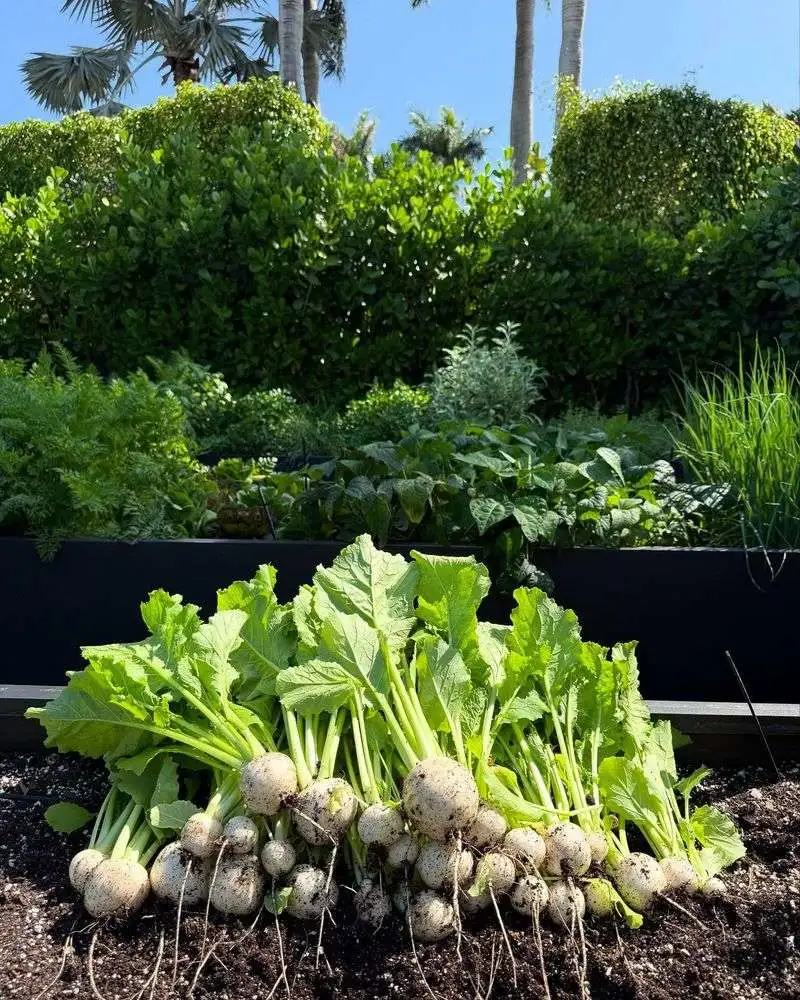
Turnips may not be the first veggie you think of for regrowth, but their greens offer a delightful surprise. Place the tops in water and watch green sprouts appear. These sprouts bring a fresh, slightly spicy flavor to dishes.
While you won’t regrow the root, the tops provide a sustainable way to enjoy their unique taste. Turnips’ regrowth ability adds a touch of excitement to your kitchen, reminding us that even the most unassuming vegetables can offer unexpected pleasures.

